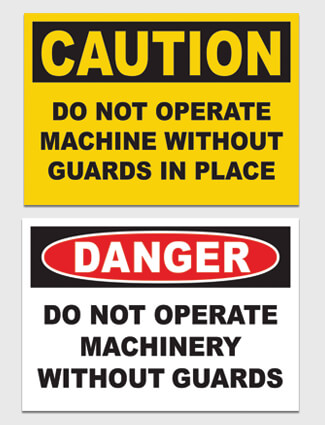Maintaining Safety in Modern Poultry Processing
03
February,
2023
2 MINUTE READ

Thousands of freshly plucked chickens move through a conveyor line in Fremont, Nebraska. At this large facility, workers rapidly process the chickens to prepare them for cutting, weighing, and packing before being sent to stores throughout the United States. To keep pace with today's demands, more U.S. poultry processing plants such as this are going high tech and are highly efficient. Part of that efficiency lies in simplifying maintenance and increasing worker safety, which in turn produces poultry processing success.
According to the National Chicken Council, Americans eat roughly 93 pounds of chicken per person per year. That average is set to increase by 3% in the next few years, USDA projections show. The newly opened Fremont poultry processing plant is ready. With newer equipment and a steady workforce, it will provide one wholesale retailer with 2 million chickens each week.
Future Farming
Introducing new systems and technology for poultry production has its challenges, but the benefits outweigh the stress, according to Walt Shafer, project manager at Lincoln Premium Poultry. He shared his advice and experience in a recent article in Nebraska Farmer magazine.
"The biggest challenge is really (that) no one knows poultry," Shafer said. "Growers get intimidated by this technology, but we have service personnel that will work with them for as long as they're raising birds with us."
For example, massive bird raising barns are all automated and controlled by computer, which makes managing weigh cells, temperatures, water, and other reporting functions easy, even from afar.
Raising Safety
 Poultry processing steps are swift. Activities include working around rapid conveyor systems and other machines, harsh cleaning regimens using chemicals, workplace noise, slippery floors, and other potentially hazardous activities. From animal handling to product quality testing and facility sanitation, workers must navigate these operating procedures quickly to limit downtime for maximum efficiency. Common hazard controls include:
Poultry processing steps are swift. Activities include working around rapid conveyor systems and other machines, harsh cleaning regimens using chemicals, workplace noise, slippery floors, and other potentially hazardous activities. From animal handling to product quality testing and facility sanitation, workers must navigate these operating procedures quickly to limit downtime for maximum efficiency. Common hazard controls include:
- Maintaining walking and working surfaces to help prevent slips, trips, and falls.
- Communicate protocol around dangerous equipment so that all workers understand risks.
- Follow OSHA standards for chemicals and process safety management, including proper pipe marking for ammonia.
- Control design and maintenance of systems using an effective lockout/tagout program.
- Mark active working areas near machines and equipment with visual boundaries to protect other workers and visitors nearby.
- Keep the facility tidy through thorough sanitation and organized in case of an emergency.
- Provide personal protective equipment, including hearing conservation tools, ventilation methods, and ergonomic assistive devices.
With the implementation of newer equipment, some poultry processing facilities have an edge in hazard mitigation, however, adhering to strict timelines can still be challenging for workers. Many facilities see the value of using digital lean manufacturing strategies while maximizing facility safety using visual workplace management.
In any industrial transformation, thinking about the future is integral. Facilities will still need to conduct thorough training and use visual communication products, such as signs, labels, pipe marking, and floor marking that can withstand the rigorous environmental demands of poultry production.
To further improve safety in any food production facility, download our free guide on Safety labeling for the Food Processing Industry.
RELATED RESOURCES

Simple Tips for Safety as Manufacturing Powers On
Growth and demand in the manufacturing industry shows no sign of slowing down. This rapid demand also ...
Read
Tech, Safety Power-Drive Mining Changes
Mining is changing mostly because of new tech and safety improvements, which are power driving profits and ...
Read
The Present and Future of Women in Manufacturing
The number of women holding manufacturing jobs and other employment in industry is increasing but could use ...
Read.png)


